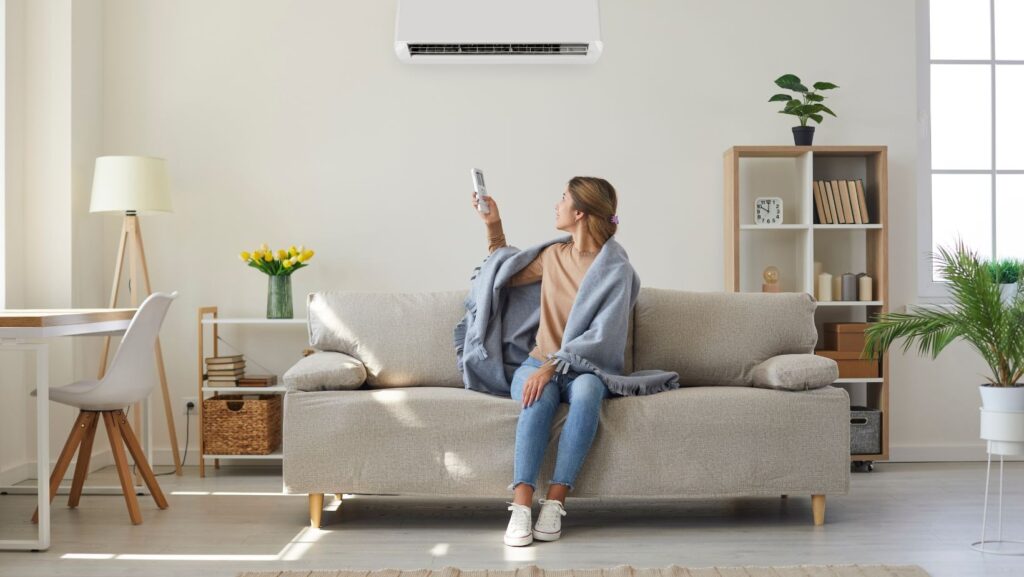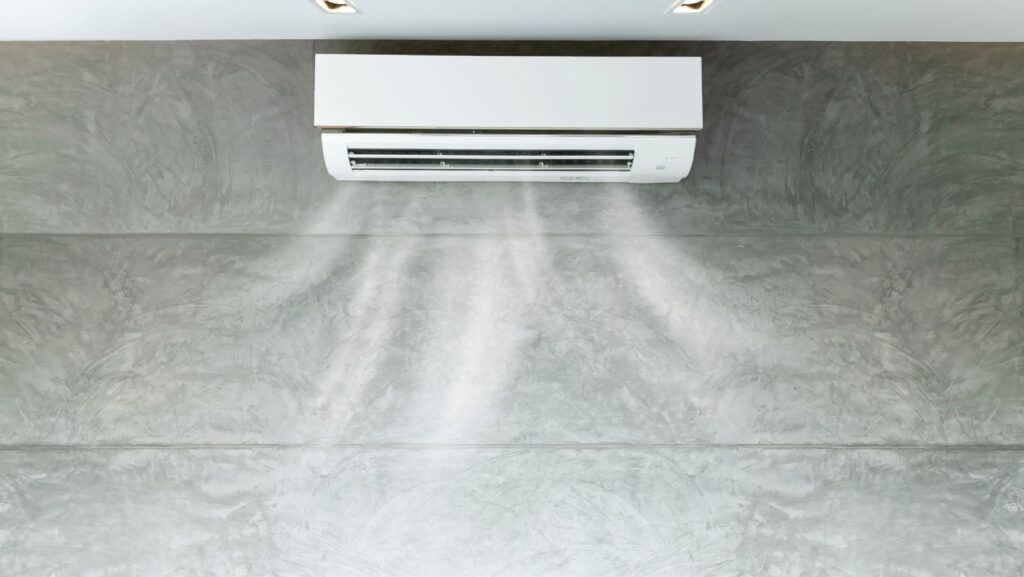Table of Contents
ToggleThe quality of air we breathe indoors has a profound impact on our health, comfort, and daily well-being. With most people spending roughly 90% of their time inside buildings, indoor air quality (IAQ) becomes far more than just a comfort consideration—it’s essential for maintaining good health. Our homes harbor numerous sources of air pollution, from dust mites and pet dander to volatile organic compounds (VOCs), mold spores, and imbalanced humidity levels. When dealing with dry conditions or harsh winter months, introducing moisture through a humidifier can enhance comfort and support respiratory health as part of a broader air quality strategy.
Understanding Indoor Air Quality
Indoor air quality encompasses the cleanliness and healthfulness of air within our homes and workplaces, directly affecting how we feel and function each day. When IAQ deteriorates, the consequences can range from triggering seasonal allergies and aggravating asthma to causing persistent headaches and contributing to serious long-term respiratory problems.
The culprits behind poor indoor air are often hiding in plain sight. Dust mites flourish in our bedding and carpeting, while beloved pets leave behind microscopic dander that circulates throughout living spaces. Damp corners and poorly ventilated areas become breeding grounds for mold spores, and everyday items like cleaning supplies, furniture, and household products release VOCs and chemical residues into the air we breathe.
Recognizing these pollution sources empowers homeowners to pinpoint trouble spots and implement targeted solutions that make a real difference in their indoor environment.
Key Strategies for Improving Indoor Air Quality
Source Control: Reducing Pollutants at the Origin
The most powerful weapon against indoor air pollution is source control—stopping pollutants before they have a chance to contaminate your living space. This approach focuses on making smart choices about what enters your home and how you maintain it.
Consider switching to low-VOC paints and cleaning products, establishing a strict no-smoking policy indoors, and maintaining consistently clean living areas. Natural cleaning alternatives can dramatically reduce your family’s chemical exposure, while staying on top of regular cleaning prevents pollutants from building up over time.
Enhancing Ventilation
Fresh air circulation through proper ventilation works like a natural detox system for your home, diluting indoor pollutants and replacing stale air with cleaner outdoor air. The beauty of ventilation lies in its simplicity—opening windows during pleasant weather, running exhaust fans while cooking or showering, and ensuring your HVAC system moves air efficiently throughout your home.
Strategic exhaust solutions in kitchens and bathrooms tackle pollutants right where they’re created, while comprehensive whole-home ventilation systems provide consistent air exchange that benefits every room.
Air Cleaning and Filtration
Modern air purifiers equipped with HEPA filters act as powerful allies in capturing airborne particles, allergens, and various pollutants that escape other control methods. The secret to their effectiveness lies in regular maintenance—keeping HVAC filters fresh and vacuum cleaner filters clean ensures peak performance when you need it most.
HEPA filters excel at trapping incredibly small particles (down to 0.3 microns), while activated carbon filters tackle odors and chemical pollutants that might otherwise linger in your living spaces.
Managing Humidity Levels
Humidity control often gets overlooked, yet it plays a pivotal role in maintaining healthy indoor air. The sweet spot falls between 40-60% relative humidity—enough to prevent respiratory irritation and static electricity, but not so much that mold and dust mites can thrive.

Humid climates and moisture-prone areas benefit from dehumidifiers that keep excess dampness in check, while arid environments may need additional moisture to maintain comfort and respiratory health.
Regular Cleaning and Maintenance
A solid cleaning routine serves as the backbone of excellent indoor air quality. Weekly dusting, vacuuming with HEPA-filtered equipment, washing bedding in hot water, and mopping hard surfaces might seem mundane, but these habits prevent pollutant accumulation that can compromise your family’s health.
Don’t forget about behind-the-scenes maintenance—replacing HVAC filters every 1-3 months keeps your home’s air circulation system running at peak efficiency.
Incorporating Indoor Plants
Air-purifying plants offer a natural, aesthetically pleasing approach to improving indoor air quality. Varieties like peace lilies, spider plants, and snake plants naturally absorb certain toxins while releasing fresh oxygen into your home environment. These green additions require minimal care while delivering both visual appeal and measurable air quality improvements.
Practical Tips for Everyday IAQ Improvement
Small daily habits can yield surprisingly significant improvements in your home’s air quality:
● Take advantage of pleasant weather by opening windows to invite fresh air circulation
● Make exhaust fan use automatic during cooking and showering sessions
● Reduce reliance on candles and synthetic air fresheners that introduce unnecessary chemicals
● Keep furry family members well-groomed and their living areas clean
● Address water leaks immediately to prevent mold from gaining a foothold
Real-World Applications
Real families see genuine results when they commit to comprehensive IAQ improvements. Take, for example, a household where persistent allergy symptoms were disrupting daily life. By implementing a combination of consistent cleaning schedules, proper humidity control, and targeted air purification, they noticed meaningful symptom relief within just a few weeks.
Even apartment dwellers working with limited space find success through strategic approaches—thoughtful plant placement and well-chosen portable air purifiers can transform smaller living environments just as effectively as whole-house solutions.
Creating Your Healthier Home Environment
Achieving better indoor air quality isn’t about perfection—it’s about taking a comprehensive approach that addresses multiple factors simultaneously. Source control, improved ventilation, effective air cleaning, humidity management, and consistent maintenance work together to create an environment where your family can truly thrive.
The payoff extends far beyond cleaner air. Families who prioritize IAQ often experience fewer allergy flare-ups, more restful sleep, and an overall sense of comfort that makes home feel like the sanctuary it should be. Begin by taking an honest look at your current indoor environment, then focus on implementing the strategies that make the most sense for your specific living situation and lifestyle.

